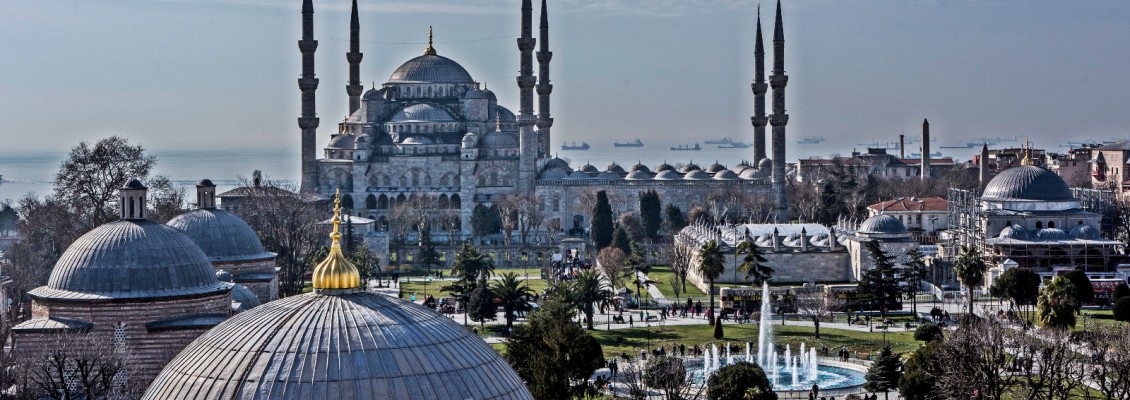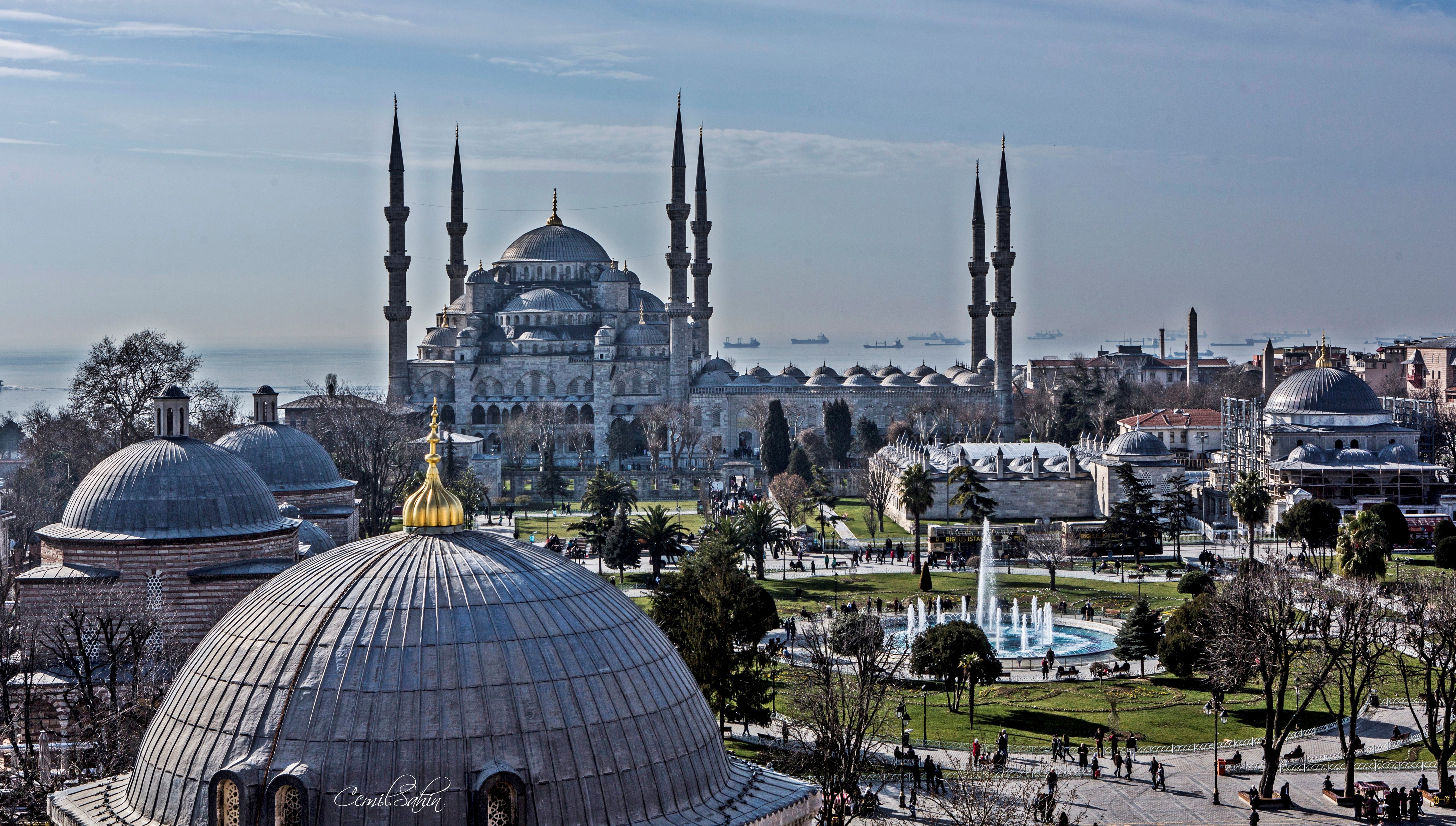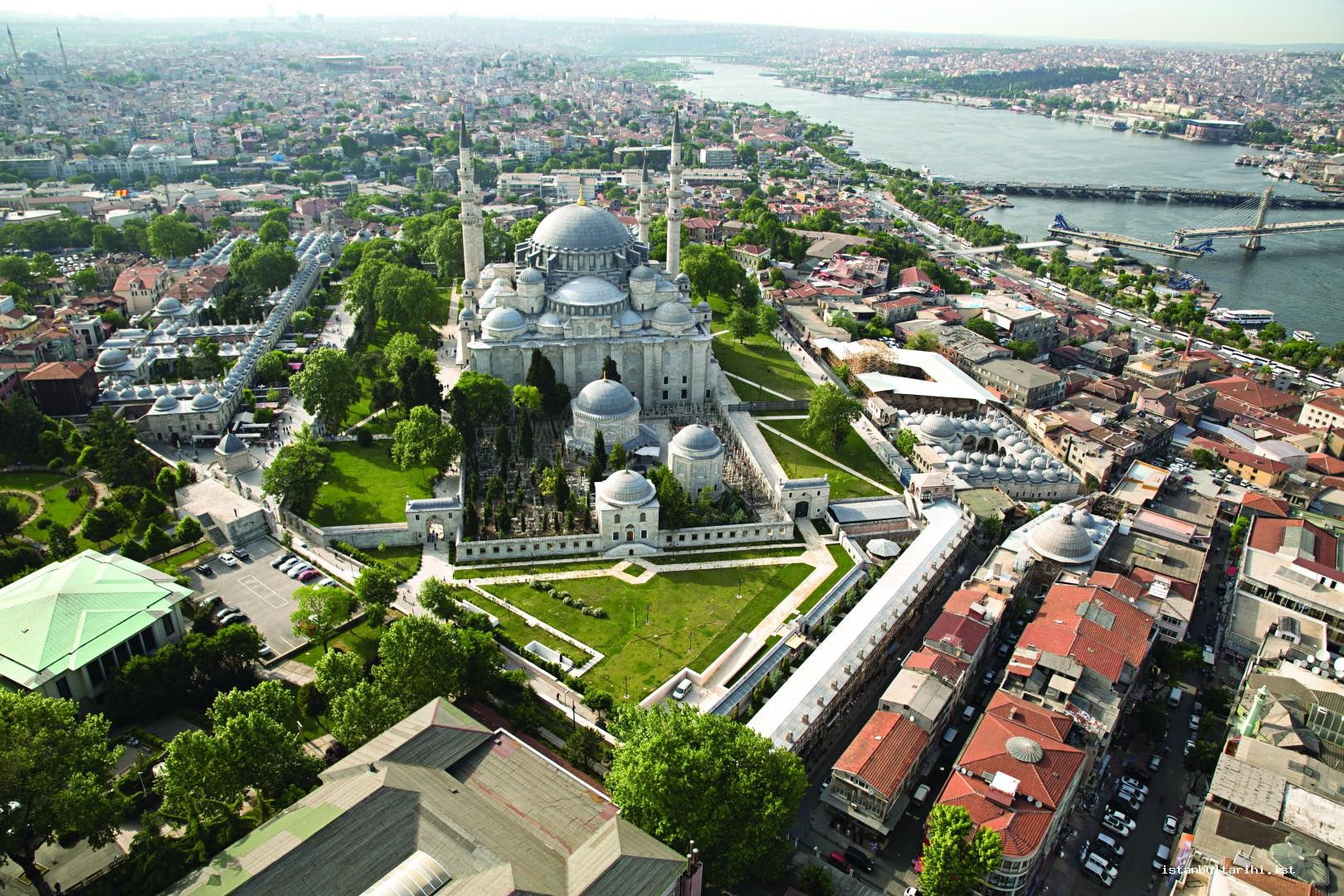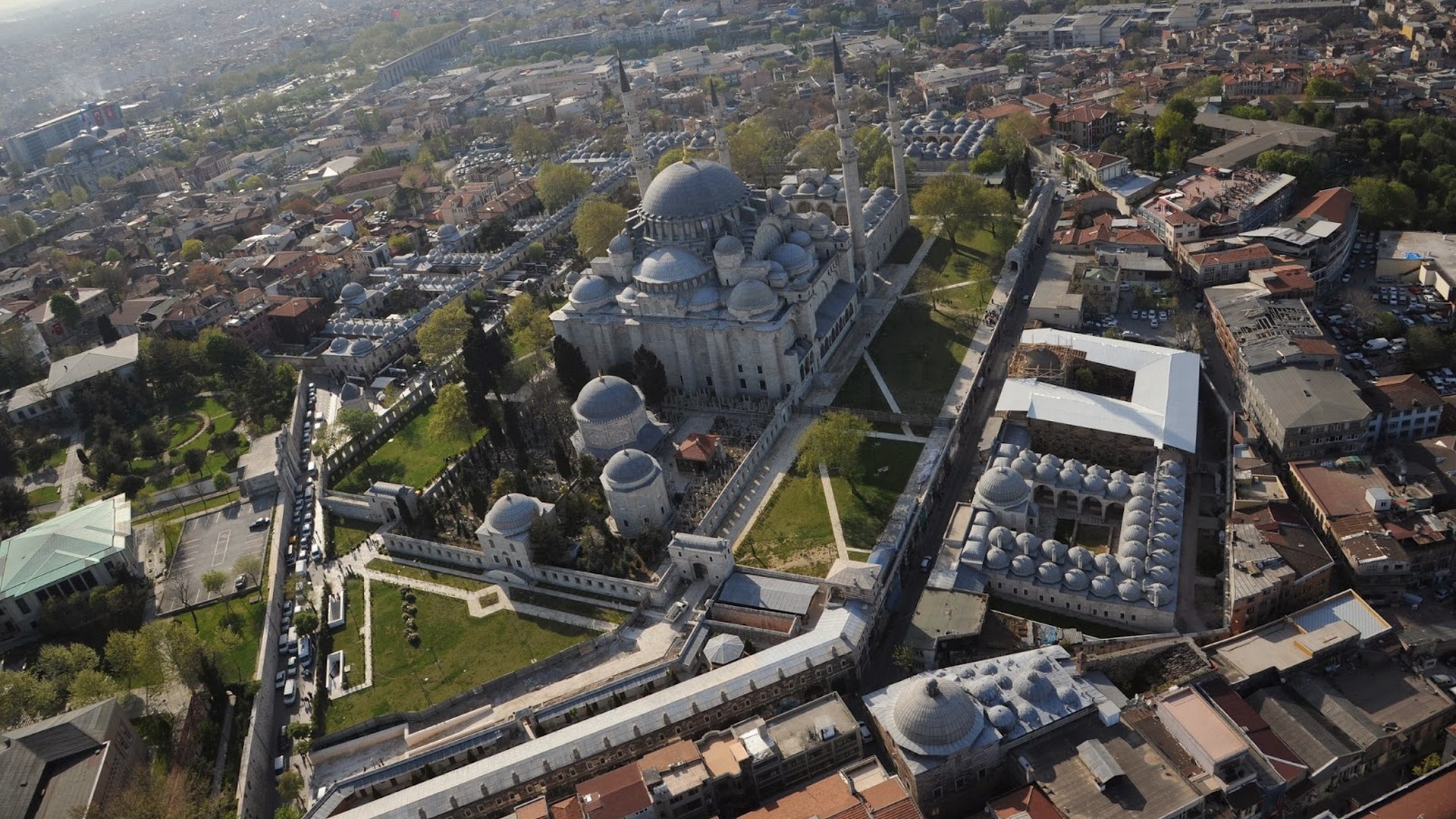
OTTOMAN TRACES IN lSTANBUL - 3 - COMPLEXES
In Turkish, a kulliye is a social complex consisting of various buildings such as a teaching centre, soup kitchens, bakeries, a Turkish bath, an inn, hospital bazaar, shops and other venues offering community services. A kulliye usually has a mosque at its centre. However, there are also examples of complexes that were sometimes built around a school, a commercial building or a tomb. They were endowed by people in high administrative positions, their wives or children, as well as by wealthy members of the public as charity and as a service to the community. From the time of the Prophet Muhammad ﷺ and the first mosque and kulliye, Masjid-i Nabawi, kulliyes have served many people. During the Ottoman era, these complexes included more structures than earlier examples, to meet various needs of the people.
The Sultan Ahmet Complex
The Sultan Ahmet complex is the most frequently visited Istanbul complex, even though tourists are not usually aware that this is a kulliye. The most famous structure of the Sultan Ahmet complex is Sultanahmet Cami, aka the Blue Mosque, standing at the centre of the complex. With the endorsement of Sultan Ahmed the First, it was built by Sedefkar Mehmed Ağa from 1609 to 1620. The complex included a mosque, a bazaar, a kitchen, a hospital, a madrassa, fountains, coffee houses, a Turkish bath, a kindergarten and so on. Not all of these structures have survived: some cellars, coffee houses, houses, hospitals (except for the bath), inns, some shops and three public fountains have been lost. Today, you can visit the tomb of Sultan Ahmet and the mosque, and shop in the Arasta bazaar, before enjoying a Turkish bath in the Hurrem Sultan bathhouse.

The Suleymaniye Complex
The Suleymaniye complex is one of the biggest complexes of the Ottoman period. The mosque and its annexes were built during the time of Suleiman the Magnificent, between 1554 and 1559, with his endorsement. Other structures were added to the complex at a later date. The complex featured a mosque at the centre, with four madrasas (Islamic schools), one medical school, a school of Qur'an and hadith, a hospital, a public soup kitchen, a bathhouse, shops and so on. Today, all of these structures have been retired except the mosque. You can also see the tombs of certain Sultans, including Suleiman the Magnificent and his family.

The Fatih Complex
Built between 1463–1470, the Fatih Complex was endowed by Fatih Sultan Mehmet (Mehmet the Conqueror). In the centre of the complex stands the mosque, built on the site of the former church of the twelve apostles, which had been greatly damaged during the Crusades. Over the years, earthquakes damaged and sometimes destroyed some of the structures in the complex. The Fatih Complex consists of a mosque, madrassas, a hospital, a soup kitchen, an inn, a primary school, a library, a Turkish bath, a bazaar and tombs.Comprising a central mosque surrounded by a symmetrical arrangement of buildings, this complex came to be the most important religious and cultural centre of Istanbul.


Leave a Comment